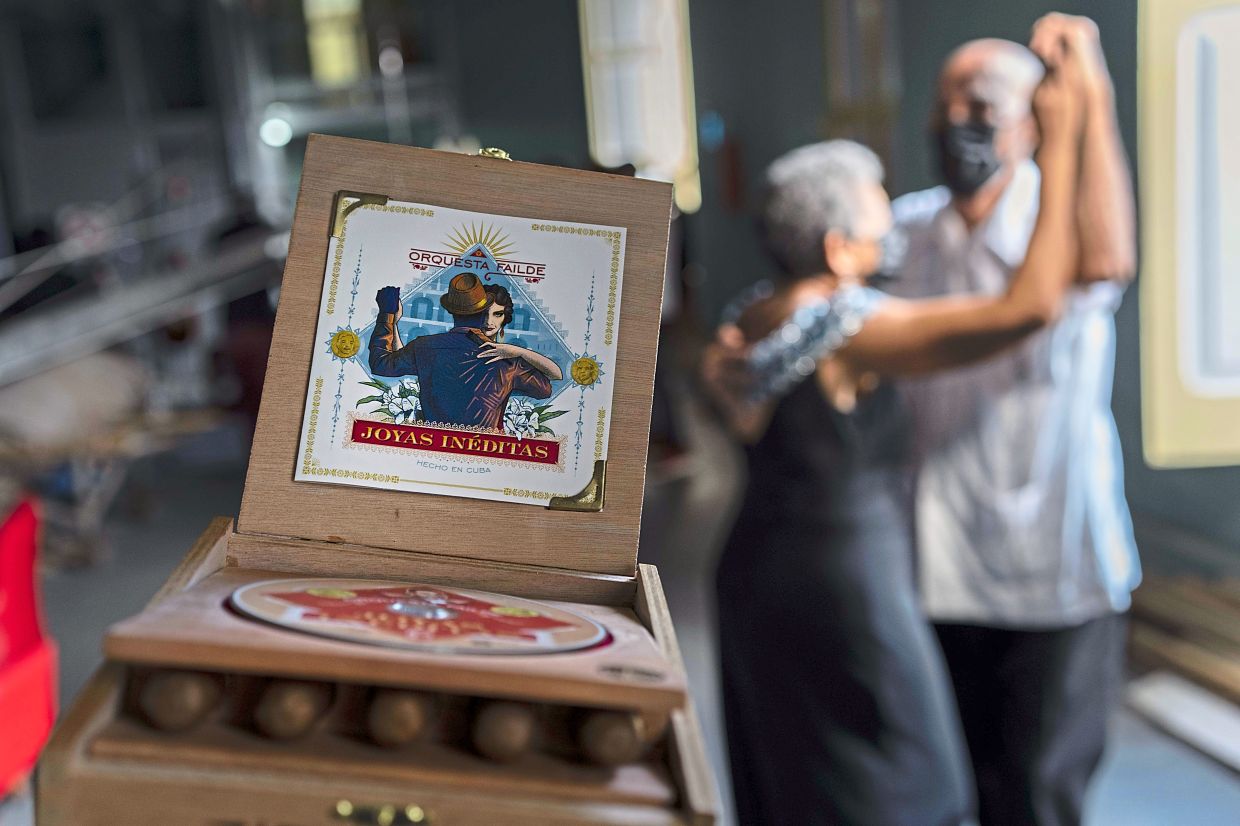
A man in a white guayabera approaches a woman and stretches out his hand, palm up, inviting her to dance. She stands up and waves her fan. On the dance floor, they get closer.
Such a scene at the end of the 19th century in Cuba was scandalous in some circles. It was also a new musical genre, the danzon.
Now some danzon scores from that time that were lost in the archives in the Cuban city of Matanzas have been rediscovered
Four of them were recently recorded by the Failde Orchestra, highlighting what became the national dance of Cuba, and then later spread to other countries in the region.
Recording the scores is important so that society today and future generations have a reference for what was their identity, said musicologist Maria Victoria Oliver.
She and colleagues found the scores after checking the archives of several Matanzas institutions, including the provincial library, the concert band and the local museum.
Even though the danzon started in the city in 1879, there were few written records of it until the early 20th century.
The 16 pieces that were discovered included both danzones and danzonetes, the latter being a variation that incorporated vocal interpretation and other changes.
Several are part of the album Joyas Ineditas, or Unpublished Jewels. It is produced by the Egrem label, with arrangements and performance by the Failde Orchestra, led by flutist Ethiel Failde, a great-great-grandnephew of the creator of danzon.
Unpublished scores
“It is a great joy to be able to find unpublished scores that allow us to demonstrate an evolution of the genre,” said Oliver.
The work was cumbersome and included “translation” of the scores, since the 19th century writing method was different from that of today and arrangements had to be made to update the music without losing its essence.
Located 100km east of Havana, Matanzas had electricity even before the capital, thanks to its huge bay, a transit point for Cuban sugar exports as well as the arrival of enslaved people to work on sugar plantations in defiance of European bans on slavery.
The city retains vestiges of the sugar boom: stately mansions and other old homes with wood-lined walls and high ceilings that hosted the emergence of danzon, a precursor of other musical genres such as the mambo or chachacha.
The danzon spread to the Dominican Republic and Mexico, where it has passionate followers today.
Inspired by the past The first danzon had origins in the old Spanish contradanzas, danced in pairs but physically distanced, and it incorporated the Cuban musical heritage that had roots in Africa.
It was premiered by Miguel Failde and his orchestra from Matanzas in 1879 and titled The Heights Of Simpson.
The album Joyas Ineditas, recorded in February, includes the rescued danzones El Naranjero, Cuba Libre, A La Habana me Voy and Nievecita by Miguel Failde himself.
“I am happy because it will be my tribute to Miguel Failde,” said descendant Ethiel Failde, who now conducts the orchestra, made up of artists who are mostly in their 20s.
Ethiel Failde said he “fell in love” with danzon when his elementary school teacher taught him to dance and then took it up as a professional musician.
Joyas Ineditas was launched in two formats: one standard with a typical acrylic case and the other inserted in a wooden box that includes five Cuban cigars.
“It is one of the Cuban genres that has lasted the longest, Failde said. 150 years later, it’s still alive. – AP























